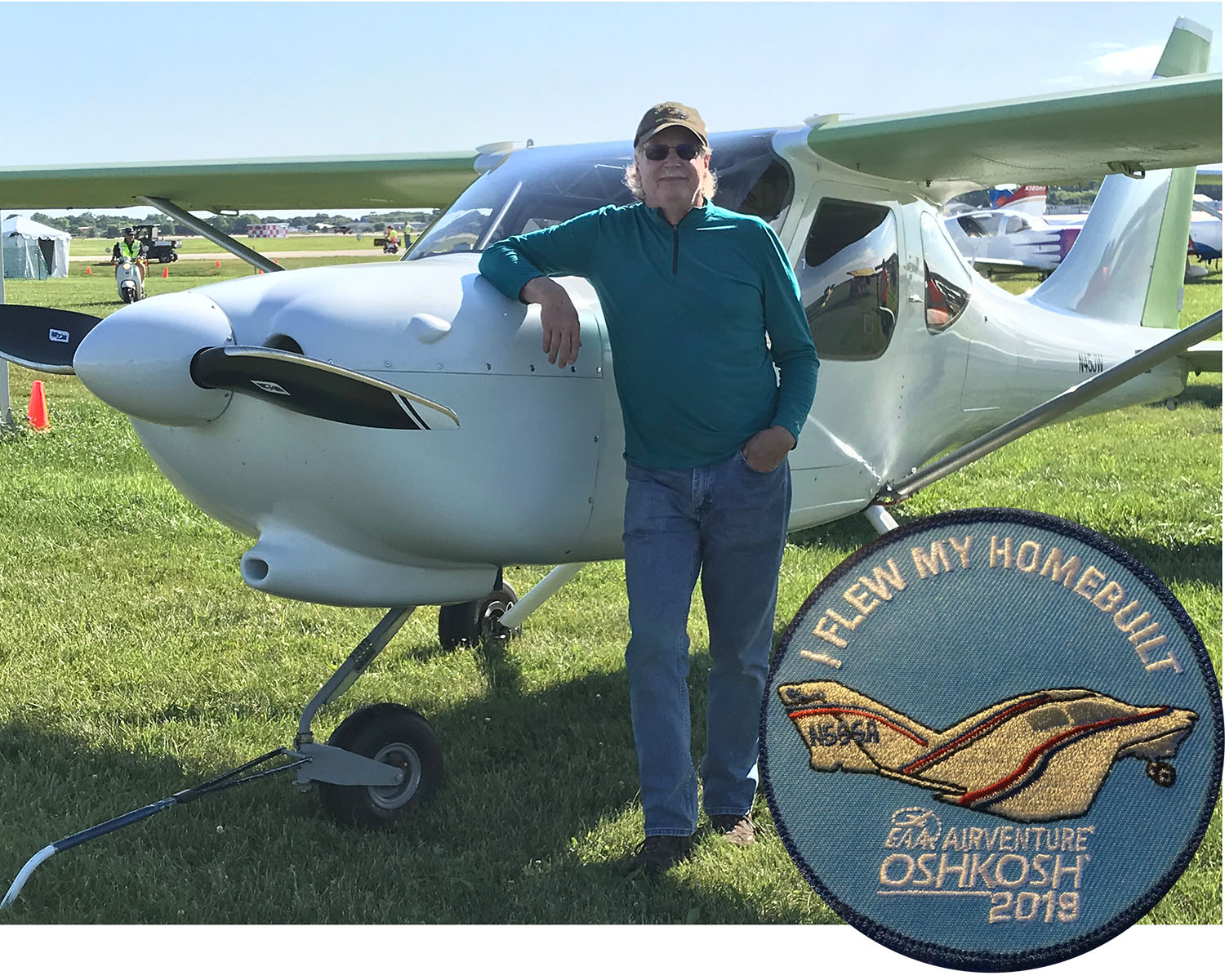
The impetus to embark on this jaunt goes back to the summer of 2018. It was the second year of flying my GlaStar. I was going through the usual tweaks, incremental improvements and generally enjoying my new plane when I got a call out of the blue from my friend, Jim, in Idaho. He asked if I wanted to ride along in his Sportsman to Oshkosh. Of course, I jumped at the chance, and we had a great time.

It had always been in the back of my mind while building the plane to someday make the trip. Naturally when I returned home, I had already made up my mind that I had to fly my plane into AirVenture the next summer (2019).
I immediately began formulating a plan. It would be a fun, no-pressure trip without set timelines. If I made it to Madison in time for the group fly-in, great. I’ll get there when I get there, I thought, and the same goes for the return journey.
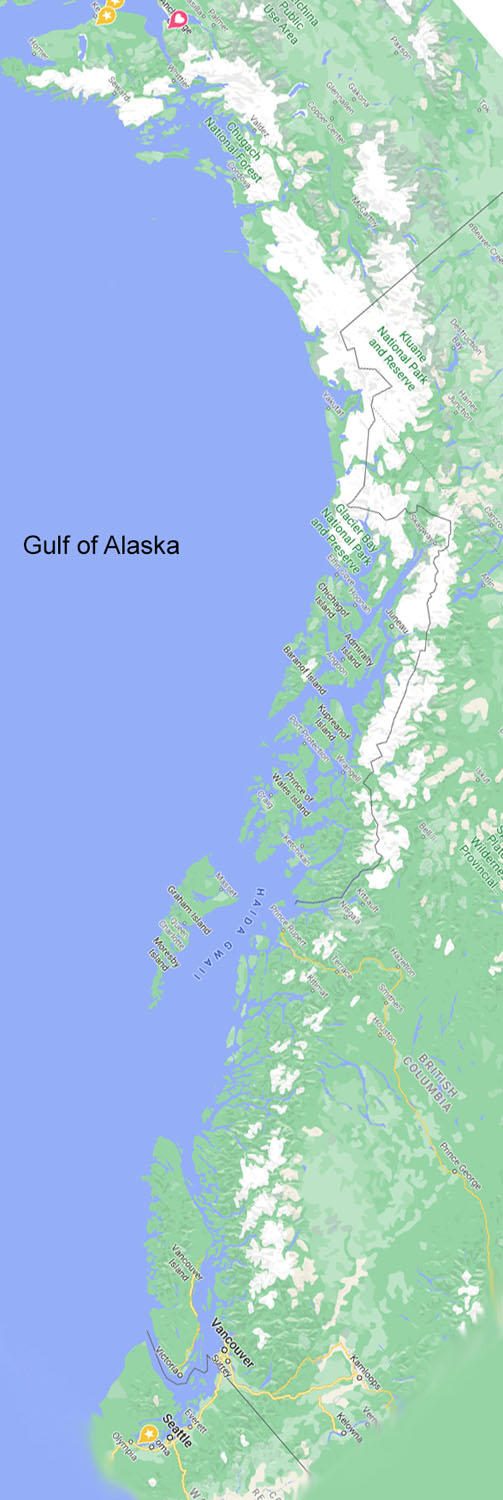 I am not a high time pilot, only a couple hundred hours at that time, half that in the GlaStar. Except for some transition training before my first flight, all my flying has been in Alaska. And though I am by no means an Alaska Bush Pilot I had experienced variable weather, mountains, water and short gravel strips. But being retired and making my own schedule I could do a lot more flying in the next twelve months and build confidence in the plane, and more importantly, my own abilities.
I am not a high time pilot, only a couple hundred hours at that time, half that in the GlaStar. Except for some transition training before my first flight, all my flying has been in Alaska. And though I am by no means an Alaska Bush Pilot I had experienced variable weather, mountains, water and short gravel strips. But being retired and making my own schedule I could do a lot more flying in the next twelve months and build confidence in the plane, and more importantly, my own abilities.
I felt the plane would be no problem, having completed and flown it in May, 2017. It was still brand new, and the Aerosport 360 was just barely broken in. My goal when building the plane was to have it simple to operate, reliable and efficient. It was proving to be all that and more.
So, why fly the coast route? We have all heard the reasons to the contrary: crappy weather, foreboding terrain, and suitable landing spots few and far between. Or wait, was that the trench route? I had heard plenty of harrowing tales of flying the Alcan highway and the trench, but the coast? Just don’t do it! Well, now that I have flown it down and back, I can say from my own experience there are some compelling reasons to choose the coast. I think the main thing is just to be flexible.
For my planning purposes I was looking for specifics about flying south by the coast. Most all the available information about flying Canada is focused on trips involving landing there, not overflying.
For me, the number one reason for going this route was bypassing landing in Canada and customs entirely. Now I have the utmost respect and admiration for our neighbors to the east (of Alaska) and would love to visit there again. And while I did follow Canadian requirements, i.e. passport, pilot certificate, medical certificate, restricted radiotelephone operators permit, etc. I could skip the CANPASS and eAPIS requirements.
Overflights, from AOPA
Overflights that originate and end in the United States require that the pilot must file a flight plan, and Canadian regulations must be observed when flying in Canadian airspace. Write “Canada overflight” in the remarks section of the flight plan…Note: The Canadian government now charges U.S.-registered aircraft for ATC services based on the aircraft certified gross weight…A foreign-registered aircraft is charged on the basis of the first recorded arrival into a Canadian aerodrome or entry into Canadian airspace, excluding flights between two points in the U.S. eAPIS is not required for Canadian overflights if taking off and landing at U.S. airports.
I ordered a Nav Canada flight supplement, which was good for putting you to sleep at night. I signed up for a Nav Canada online account, much more useful, with good up-to-date weather information for British Columbia. But I discovered that although a flight plan is required flying through Canada, and you can file online, the Nav Canada web site will not let you enter a flight plan with an international destination, meaning, if you want to fly from Ketchikan Alaska to Bellingham Washington, Nav Canada will not accept the flight plan. I won’t fault them for that. When I did fly south, I just filed with Ketchikan flight service, and closed with Seattle FSS. Or you can just file, activate and close your ICAO flight plan in ForeFlight.

An interesting side note: once in Bellingham I pulled out my trusty cell phone and dialed 800-WX-BRIEF and I was connected to Kenai, Alaska FSS. They could not explain why this was or what phone number would connect me with Seattle FSS. So, I pulled out my handheld com radio and closed my flight plan. I learned that who you are connected to when dialing 800-WX-BRIEF depends on the number you are calling from. There are published alternate numbers for flight service which will connect you with the one you want. Now I know. Why didn’t I just close it in ForeFlight? Answer: I wanted to make sure my wife would not get a call asking why her dang husband had not closed his flight plan.
Another reason for going this route was getting to see Southeast Alaska a little more close-up than 35,000 feet up on Alaska Airlines. It turned out to be a wonderful part of the trip. There are beaches along the north gulf coast, and one could conceivably set down if needed.

From Ketchikan, the flight to Bellingham would be the longest I had ever attempted. By my estimate it could be a five-hour leg. Not a problem for the GlaStar with aux tanks, but just in case, I would carry extra fuel.
I plumbed a tee and valve into the vent line from my left main above the header tank. This provided a connection for an 18-gallon Turtle-Pac. I made a test flight, and everything worked great. The Turtle-Pac pumped exactly one gallon per minute. I would top off all tanks at Ketchikan, burn down the left main until I had room for five gallons. Then pump the Turtle-Pac for five minutes, rinse and repeat, twice.
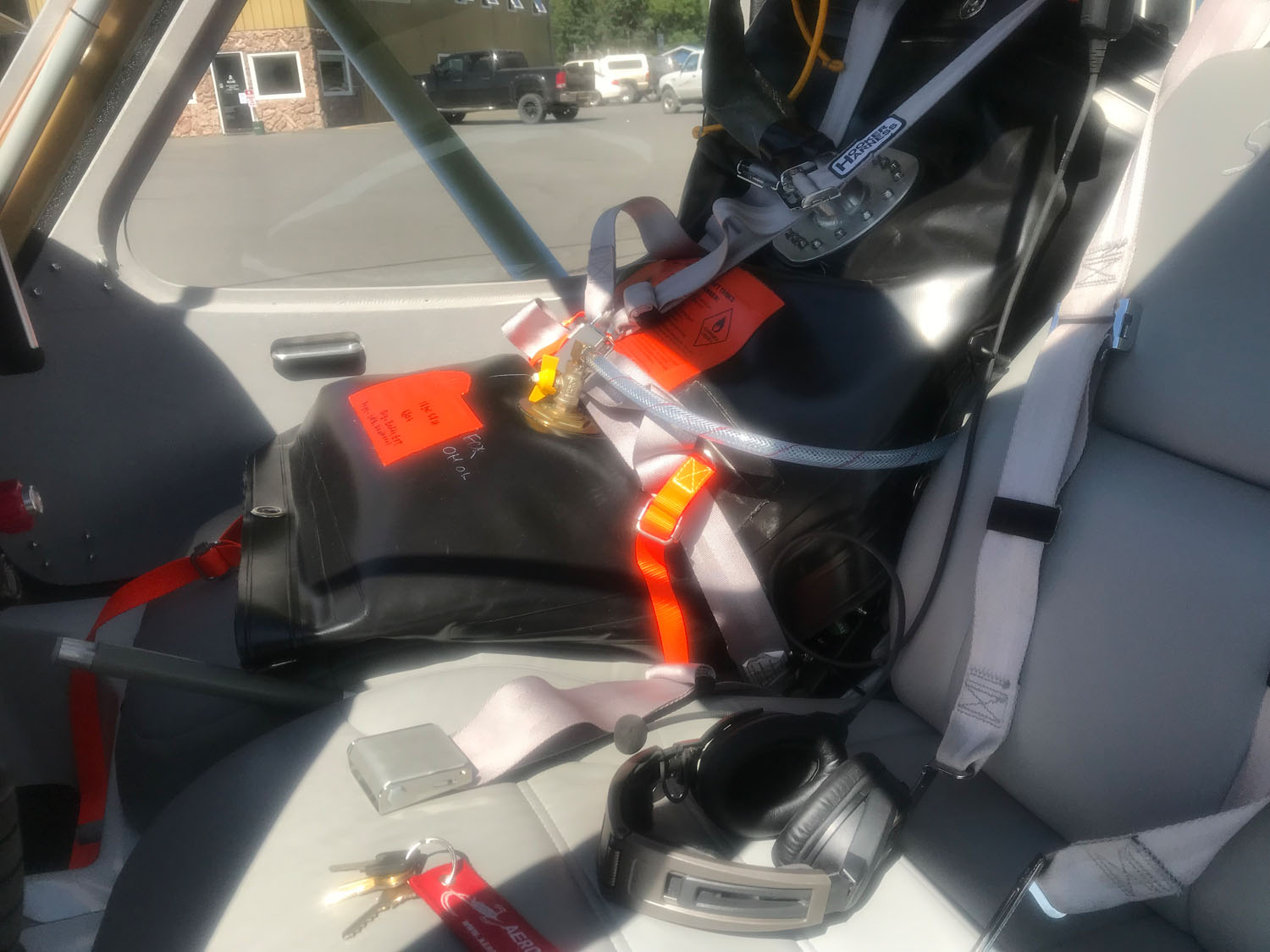
By June of 2019 everything was shaping up quite nicely for this adventure. I started watching the weather in late June, and by 4th of July I told my wife that the 5th looked like a go. She was driving to Homer that morning, so I had her drop me at the hangar.
The weather was hot, cloudless and smokey. On the 4th of July, Anchorage had set a record of 90°F, and wildfires were burning nearby. I launched out of Soldotna to the west, climbed and started turning east toward the local fires. As I passed the airport, visibility was great up and down the Kenai Peninsula, but hazy to the east. Crossing the Kenai mountains, the peaks were in the clear, but the valleys were totally smoky. At 9500′ I was above the smoke heading for Yakutat.
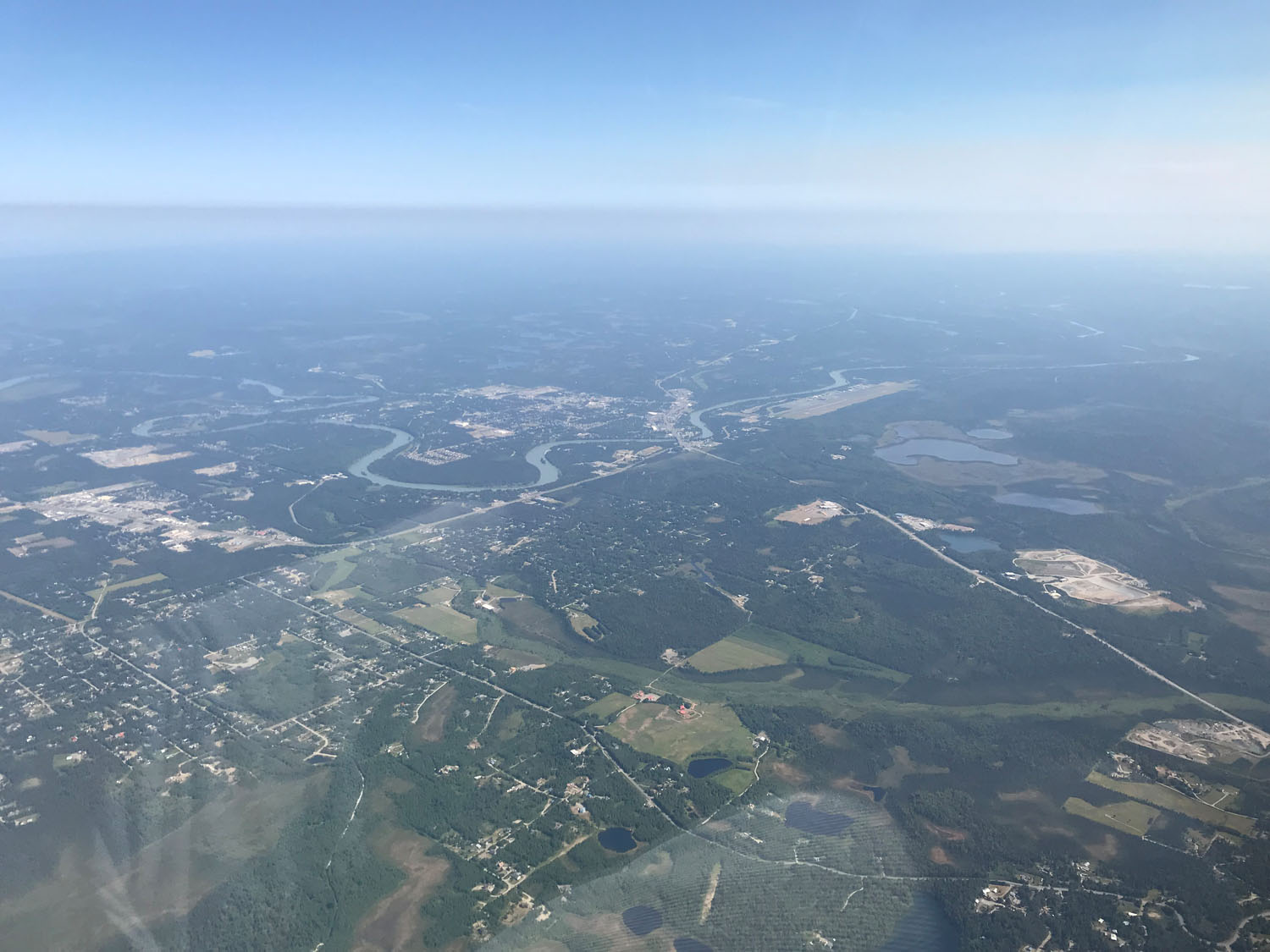
Stopping for fuel after a three-hour flight to Yakutat I was met by Bob of Yakutat Aviation Services, and he gave me a bag of chocolate chip cookies his wife just made and took my credit card number for the fuel. He said his credit card machine in the fuel shack was not working, but he wrote me a receipt, and I was on my way.
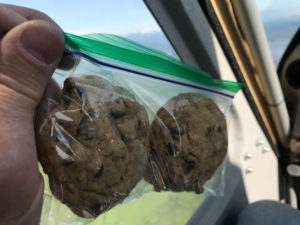
From Yakutat the next stop was Sitka. After the unusual sweltering heat in South-central Alaska, Sitka was a relief. Although still very warm for Southeast, in the 70s, I was enjoying it. After getting a room and checking the weather for British Columbia I was not the least bit concerned that the current forecast was not good.
After two delightful nights in Sitka I felt I should get to Ketchikan to be ready when a break in the weather occurred. Launching out of Sitka the weather was great, except for the damn smoke. Fires in the Yukon were the source this time.
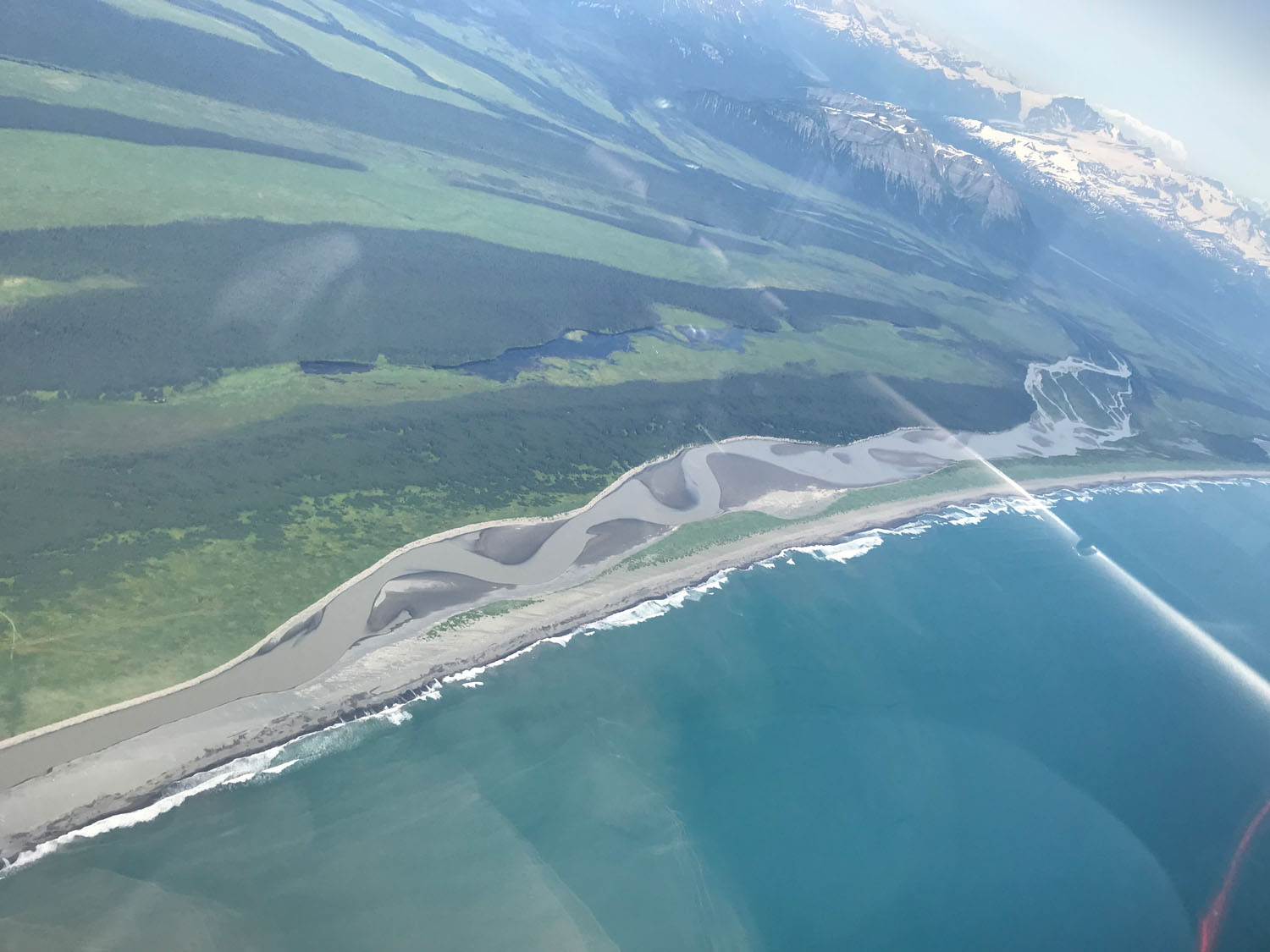
At one point visibility dropped to about three miles. Not good when you are crossing an eight mile stretch of water. An hour and 20 minutes later I landed in Ketchikan under blue skies.
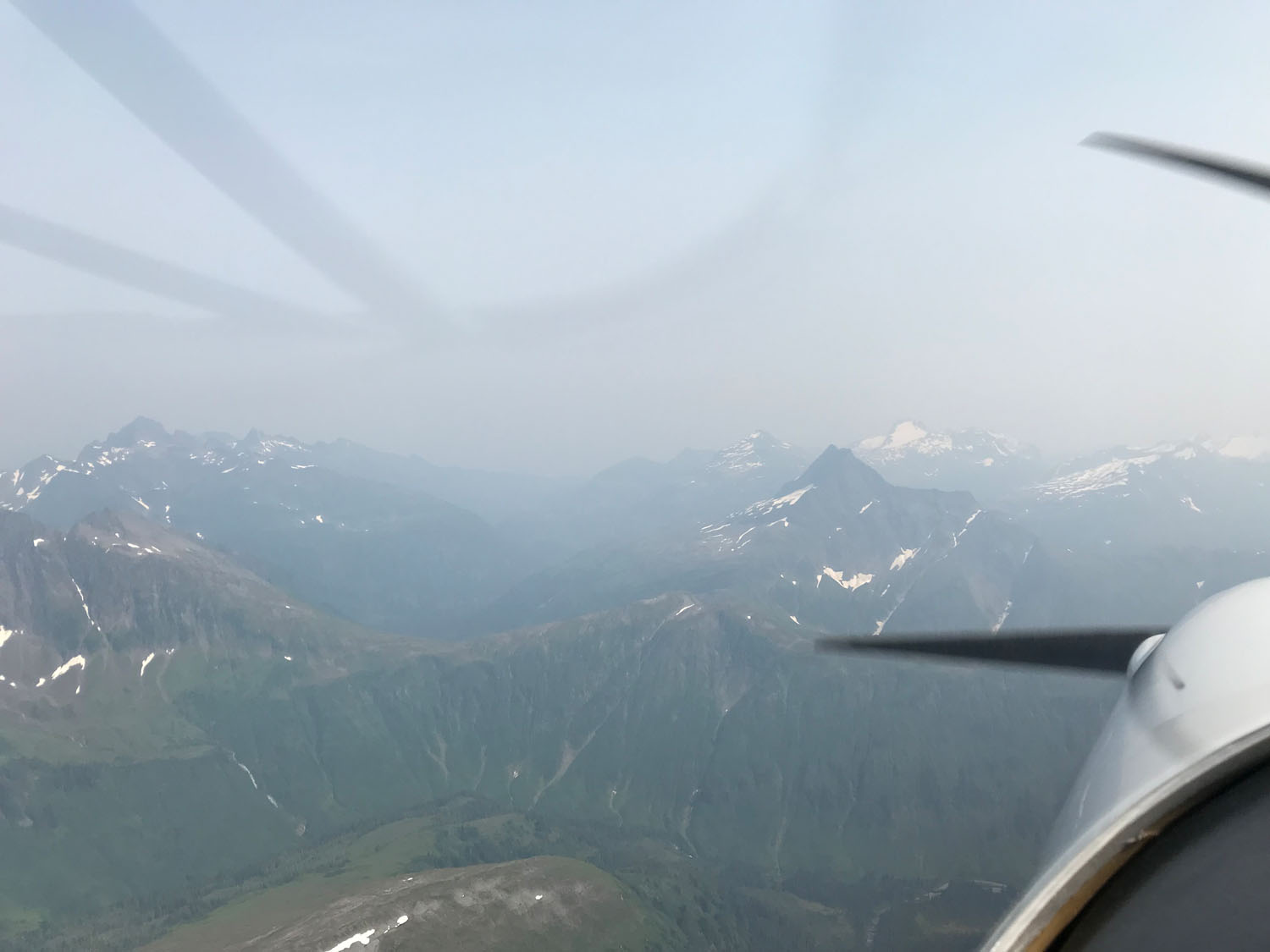
In contrast to Sitka, Ketchikan is a much busier area during summer. I heard it could be a hassle getting to and from the airport in Ketchikan because it is located on an island across Tongass Narrows from town. Since it was tourist season, the ferry ran every hour all day, so no problem. After two nights in Ketchikan I saw what I considered decent weather for crossing British Columbia.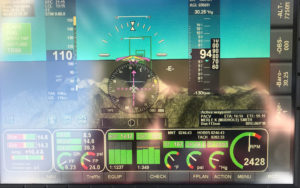
The main feature to be aware of for this area is a marine layer that hangs along the coast.
The forecast was for 6 to 7 thousand-foot overcast most of the way. I hopped the ferry over to the airport, topped off my five fuel tanks, filed VFR to Bellingham and launched.
I encountered a few low scattered clouds leaving Ketchikan, but once past Annette Island I was able to climb to 5500 feet and cruise there for the next three and a half hours. At Bella Bella, about two hours into the flight, I pumped the last fuel out of the Turtle-Pac. I was near the halfway point and my mains and aux tanks were full.
The weather held, and when I talked to flight service at Campbell River, they gave me a squawk code for transitioning through Vancouver/Victoria. I asked about Vancouver approach and she said they probably would not accept any VFR flights over 2500 feet. So, I dropped down below 2500 feet and started across the Strait of Georgia. Thirty minutes later I landed in Bellingham. Overall a long, but uneventful flight. I’m on my way to Oshkosh.

Advice
My advice for making this trip from May to September—you should have no problem finding weather windows and there is lots of daylight. I flew south in July and returned in August. Winter? I wouldn’t. Allow time for unexpected layovers and enjoy having the extra time to explore and learn about different places. If you want to stop in Canada, go for it. If not, carry extra fuel. I didn’t need it, but it was reassuring having it. I added 16.9 gallons to top off in Bellingham and my totalizer read 33.5 after 4:40 flight time. I had pumped 16.6 from my TurtlePac.



